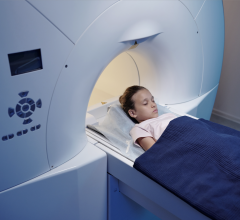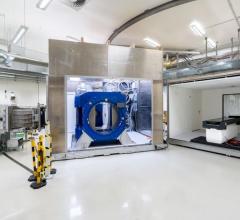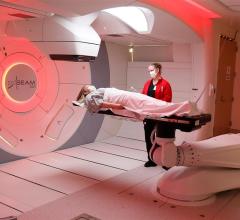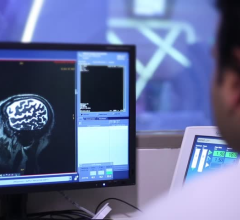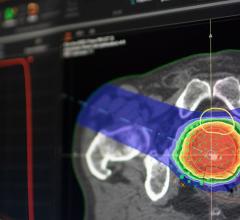
August 22, 14 — The data by the University of Florida Proton Therapy Institute (UFPTI) shows a three-year relapse-free rate of 93 percent and a three-year event-free rate of 87 percent. "This study reinforces proton therapy as a safe alternative to the more conventional forms of radiation," said lead researcher Bradford S. Hoppe, M.D., radiation oncologist at the UF Proton Therapy Institute and assistant professor in the University of Florida College of Medicine department of radiation oncology.
The study continues to add to the mounting evidence supporting the use of proton radiation therapy for positive long-term treatment outcomes and quality of life of oncology patients. For instance, none of the patients developed grade three or higher toxicity during follow-up. The UFPTI specialists agreed that the use of proton therapy following chemotherapy in patients with Hodgkin lymphoma has a success rate similar to the conventional treatments with a reduction of radiation outside of the target area, or "involved-node," potentially reducing the risk of late effects caused by radiation.
The study tracked 15 patients between September 2009 and June 2013 with newly diagnosed Hodgkin lymphoma as they received involved-node proton therapy (INPT), which specifically targets initially involved lymph node(s) containing the Hodgkin lymphoma, after completing chemotherapy. Further, the study evaluated the radiation dose in the surrounding healthy tissue as a result of proton therapy compared with conventional treatments, called intensity-modulated radiation therapy (IMRT) and three-dimensional conformal radiation therapy (3DCRT).
Despite some success in treating patients with Hodgkin lymphoma, many patients suffer from late effects of radiation therapy and chemotherapy treatment, including the possible onset of breast cancer or heart disease. "Proton therapy, as opposed to similar conventional photon therapy, reduced the risk of long-term side effects by reducing or eliminating radiation doses to healthy tissue without compromising the cure rate," said lead researcher Bradford S. Hoppe.
The clinical results of Proton Therapy Center Czech, based on treatment of dozens of patients with Hodgkin lymphoma, correspond with the findings of the American study. “Proton therapy was approved for its clinical use in 1992 and has been used for treatment of selected stages of Hodgkin and non-Hodgkin lymphoma based on NCCN guidelines (National Comprehensive Cancer Network) since 2013,” adds doctor Jiri Kubes, Ph.D., the head of proton therapy at PTC Czech.
Comparison of treatment plans is the right and standard process used in radiation oncology, which enables us to foresee the possible risk of side effects and decide for the most appropriate treatment for each patient. This type of data is also important for examining the effectiveness of radiotherapy in general. Based on the international statistics, radiotherapy should be used for more than 50 percent of oncology patients during their treatment,” said Kubeš.
For more information: www.medicalnewstoday.com/releases/278648.php, www.lymphoma.eu.com

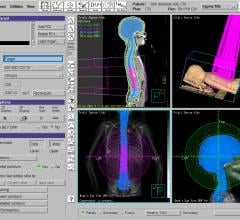
 May 06, 2024
May 06, 2024 

